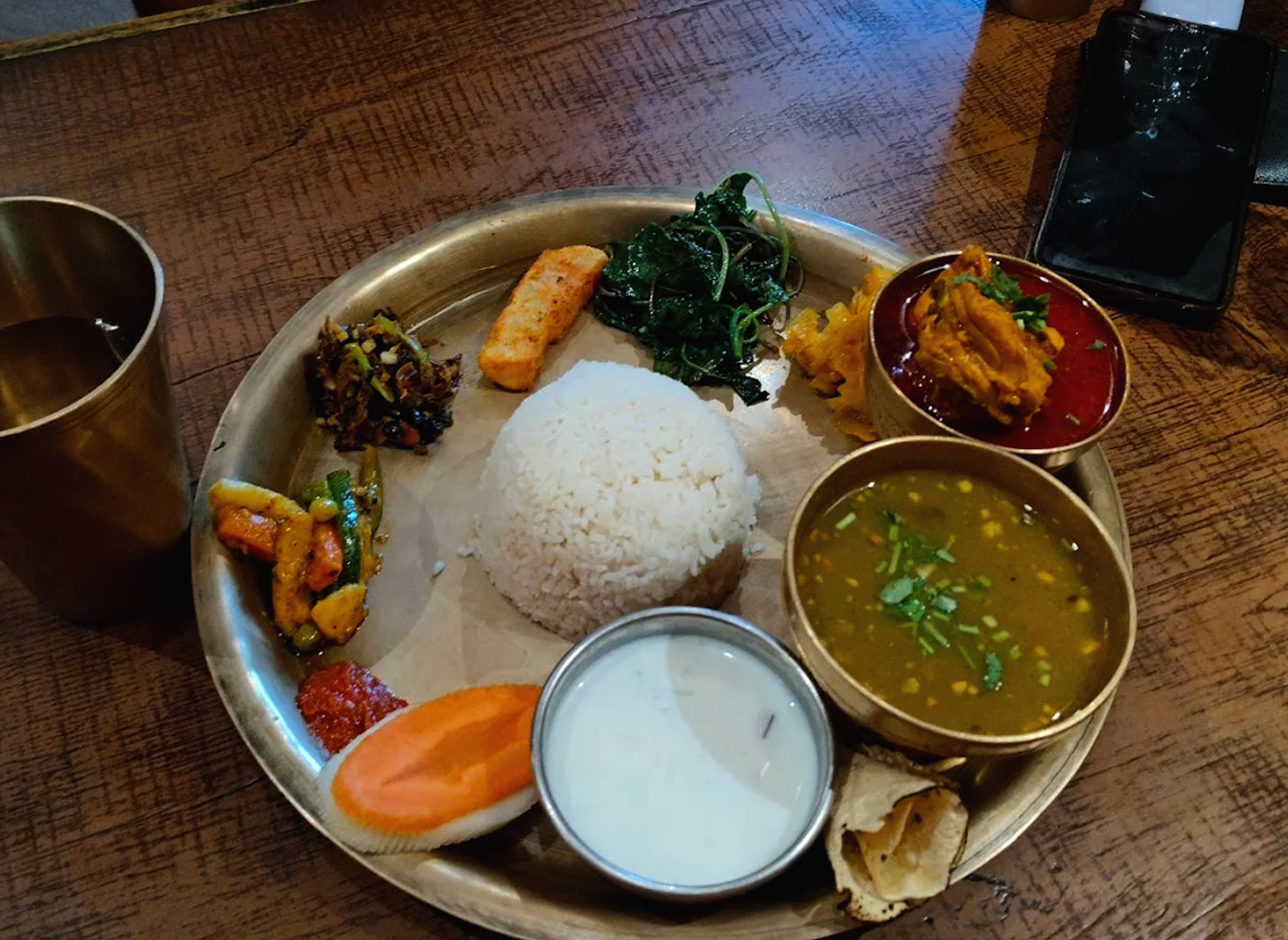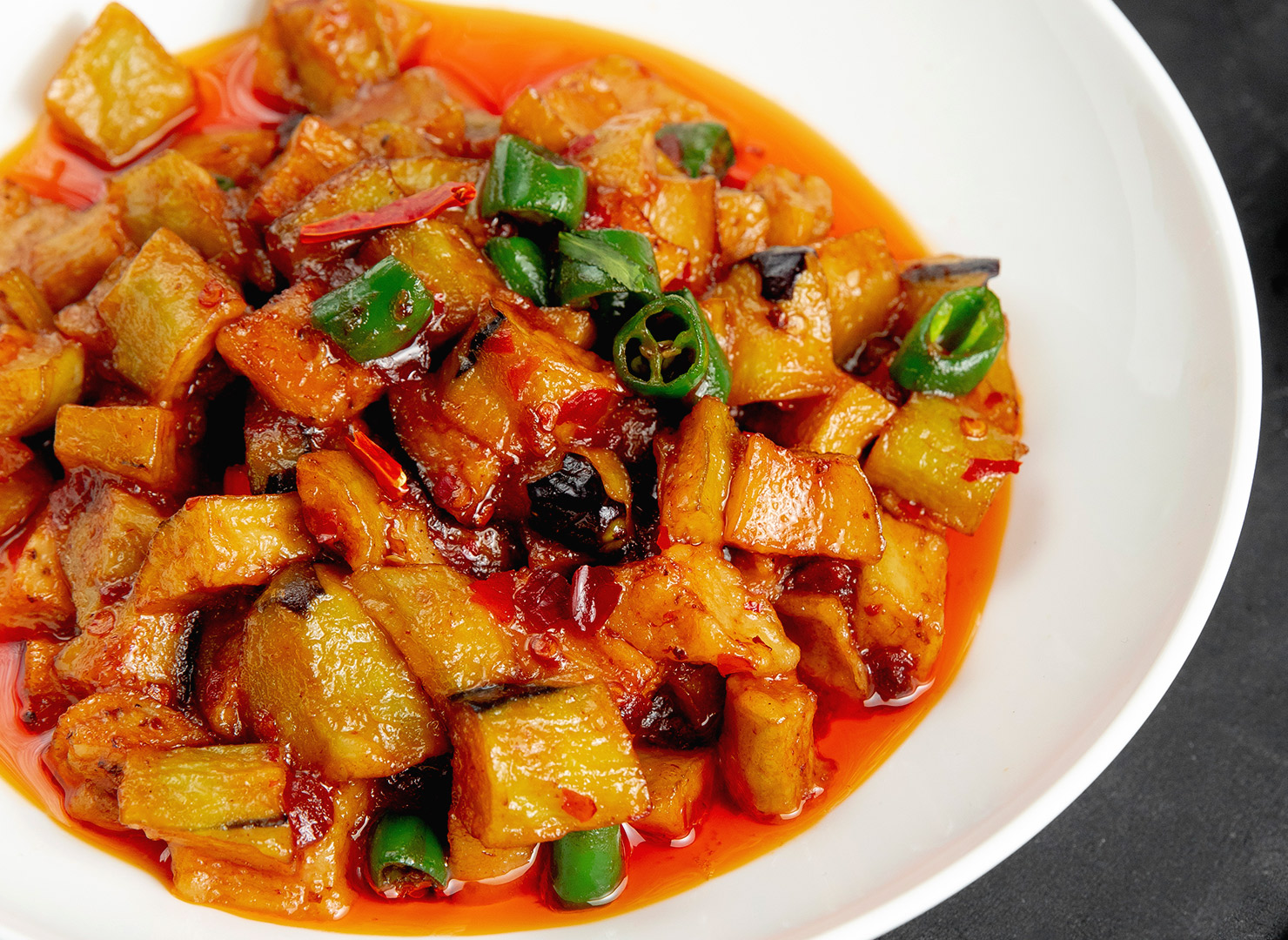If you think Gangtok is all about fog-covered hills, prayer flags, and postcard-worthy views, you should make sure you try the food. The capital city of Sikkim is a mouthwatering mix between Sikkimese, Nepali, Tibetan and Bhutanese influences. Warm soups for the cold winter months, warm dumplings to warm the soul and a rich tradition of fermented foods that give dishes a distinct flavor that you'll be able to remember long after the hills disappear out of your view.
The Taste of Gangtok - What Makes It Unique?
The food is warm, delicious, spicy, and tangy - that's the foundational flavor of a great deal of Gangtok cooking. The climate favors stews and soups (thukpa and gyathuk, followed by thukpa), which are flavored with bones, aromatics, and occasionally fermented vegetables. You'll find:
- Fermented tang is derived from ingredients such as gundruk (fermented leafy greens) as well as the sinki (fermented radish) and mesu (fermented bamboo shoot), and Kinema (fermented soybeans). They add a mild sourness as well as an intense umami.
- A hint of heat thanks to Dalle Khursani - a round bright red "fireball" chilli with serious punch (100,000-350,000 SHU). It was awarded a Geographical Indication (GI) tag for Sikkim and can be found in pickles, chutneys, and in broths.
- Foraged flavours: wild ferns (ningro) as well as the nettle (sisnu) and bamboo shoots (tama) are a common sight that give food dishes a mineral-y woodsy nature.
- Hearty proteins and dairy such as pork (for the phagshapa), local cheeses such as Chhurpi (soft or hardened,) and occasionally products made from yak at higher elevations.
It's a comfort food designed to be alpine-friendly, calming, and not excessively oily, with sour and chili notes that are dialed up or down according to your preference.
Main Ingredients of Gangtok & Sikkimese Cuisine
- Dalle Khursani (GI-tagged round red chilli). The heat is intense, with a aroma of fruity aroma It is used to make pickles (dalle Achaar) and sauces, as well as to spice soups and momo chutney.
- Bamboo shoot Fresh (tama) to cook curry (often using pork) and bamboo shoots fermented (mesu) to make stews and pickles--sour, bitter, lactic.
- Fermented greens such as gundruk (leafy greens) and Sinki (radish root) are essential winter pantry items, adding flavor and probiotic depth.
- Kinema (fermented soybeans), Umami-rich, sticky curry or stir-fried - an acquired flavor that locals are fond of.
- Wild plants and greens such as the ningro (wild fern) and sisnu (nettles), and mushrooms, often mixed along with Chhurpi (local cheese) in soups and curries.
These ingredients form the distinctive umami-sour flavor that is the hallmark of Sikkimese food, backed by aromas such as garlic, ginger as well as mild spice.
Must-Try Foods in Gangtok (With Taste & Ingredients)
1. Momos - The Heart of Gangtok's Food Culture
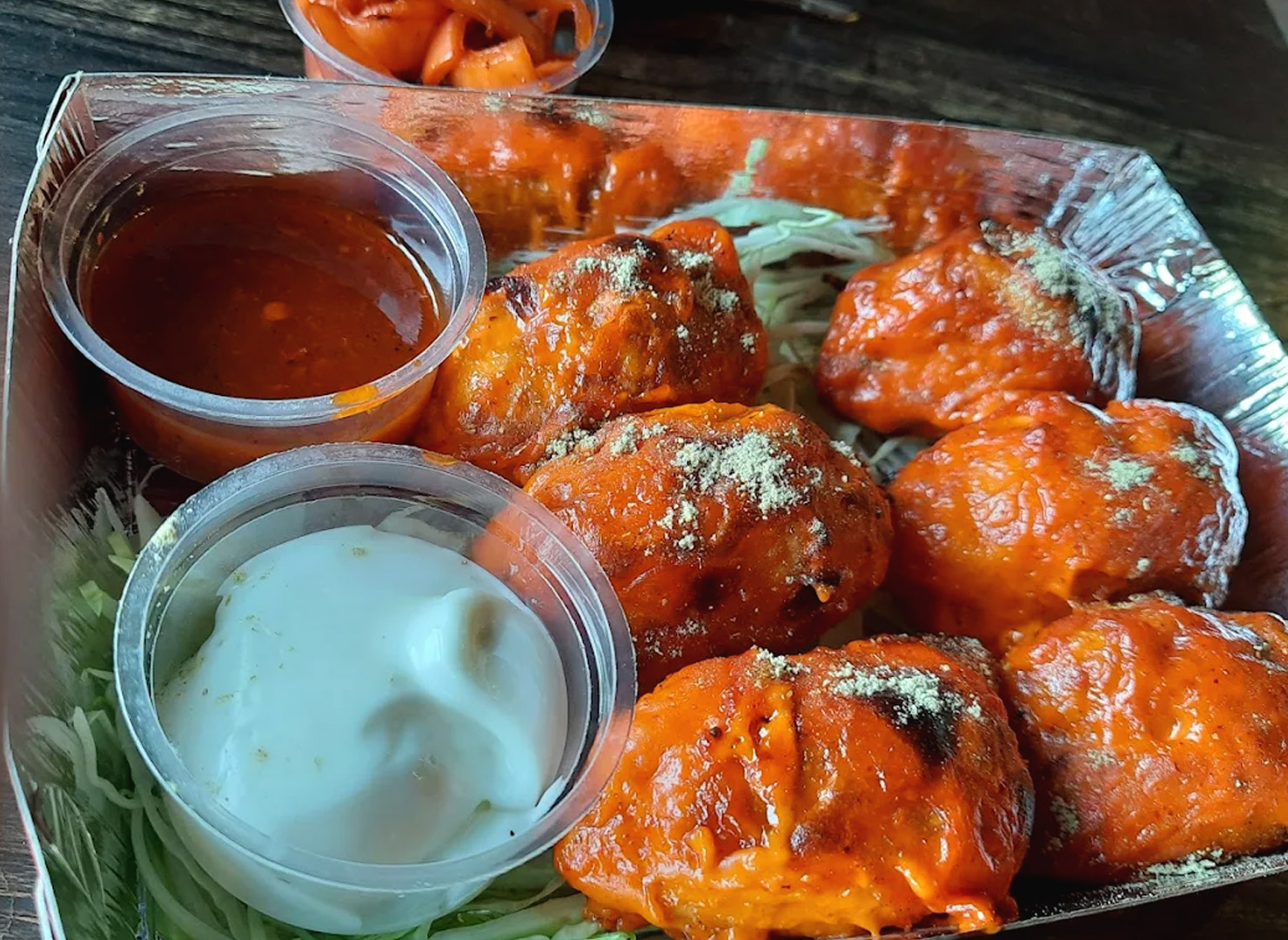
What are they? Steamed dumplings that are made from thin flour wrappers, filled with chicken, pork, beef, paneer cheese, or other seasonal vegetables.
Taste:
- The soft and juicy interior, and a chewy outside.
- Serve it with dale chutney, an intense red chilli sauce that's sweet as well as tangy. It's also extremely spicy.
- The flavor of Veg Momos is lighter (cabbage, carrot, onion), as is that of pork momos, which are savory and rich. flavor.
The reason why locals enjoy it:
Momos are street food as well as comfort food. Every street corner in Gangtok is lined with momo stands. They are inexpensive as well as filling, and delicious. They are most enjoyable warm with tea steaming.
2. Thukpa, Gyathuk & Thenthuk - Himalayan Noodle Soups

What are they? Tibetan-style soups that include noodles, soup, broth, vegetables, and even meat.
Taste:
- Thukpa is A clear soup made of long noodles, a mild ginger-garlic flavor, and warming.
- Gyathuk is slightly richer, usually flavored with pork or chicken stock.
- Thenthuk It is made of hand-pulled noodles made of flat noodles, which are crunchy, filling, and rustic.
- The best time to eat: Ideal for cold Gangtok evenings, or for rainy days.
Extra special touch, some restaurants include the fermented bamboo shoot or gundruk to make Tang.
3. Phagshapa Pork with Radish and Chilli
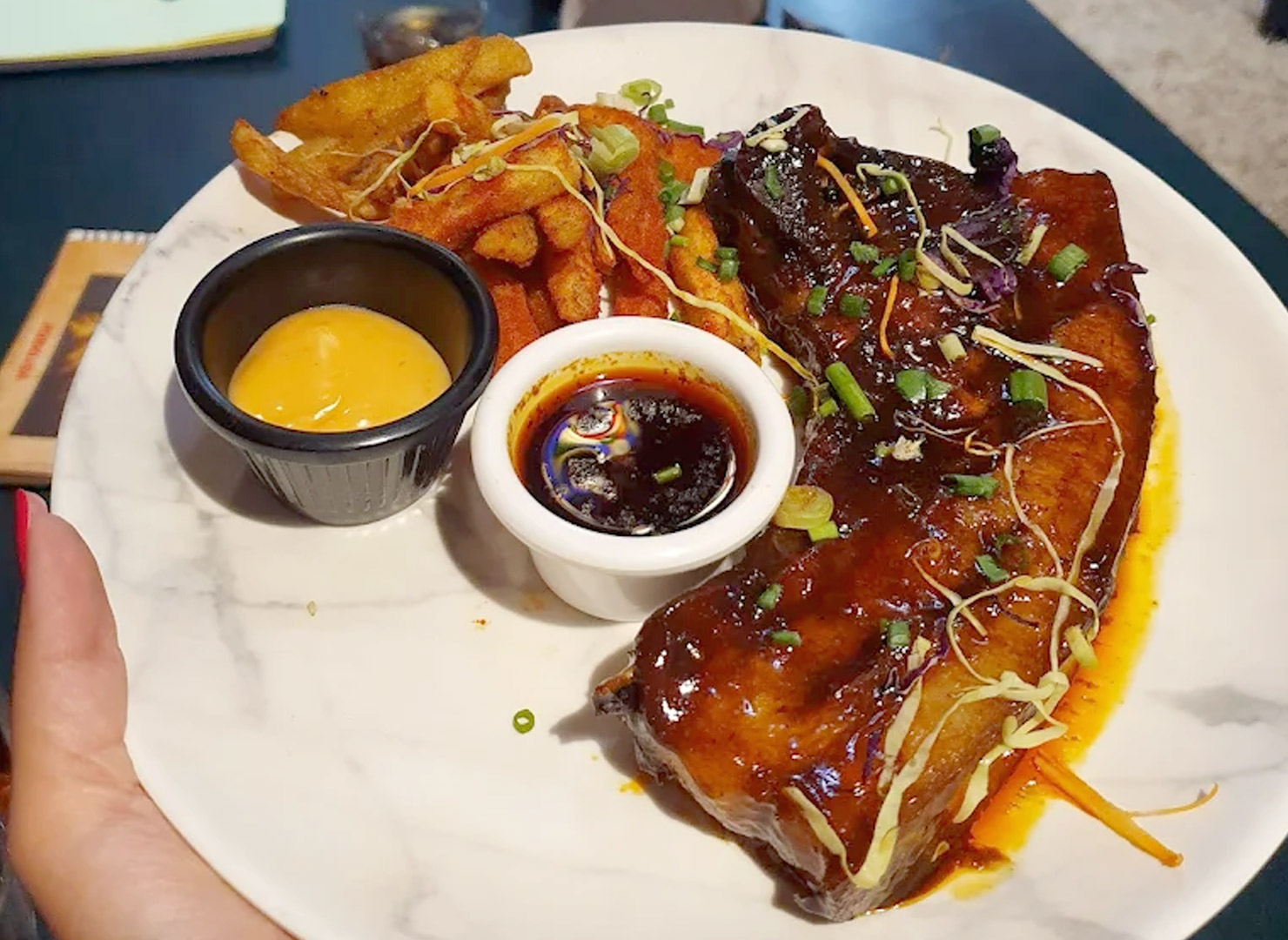
What is it: It is a traditional Sikkimese meat dish that is cooked with dried chillies, radish as well and bamboo shoots.
Taste:
- The flavor is tangy, spicy, and a bit sour.
- Pork belly strips provide a rich flavor, and radishes balance freshness.
- The broth is not too heavy or oily, but it is bursting with umami.
What makes it famous? It's a Sikkimese special dish that is often served with rice.
4. Sha Phaley - Fried Bread Pies
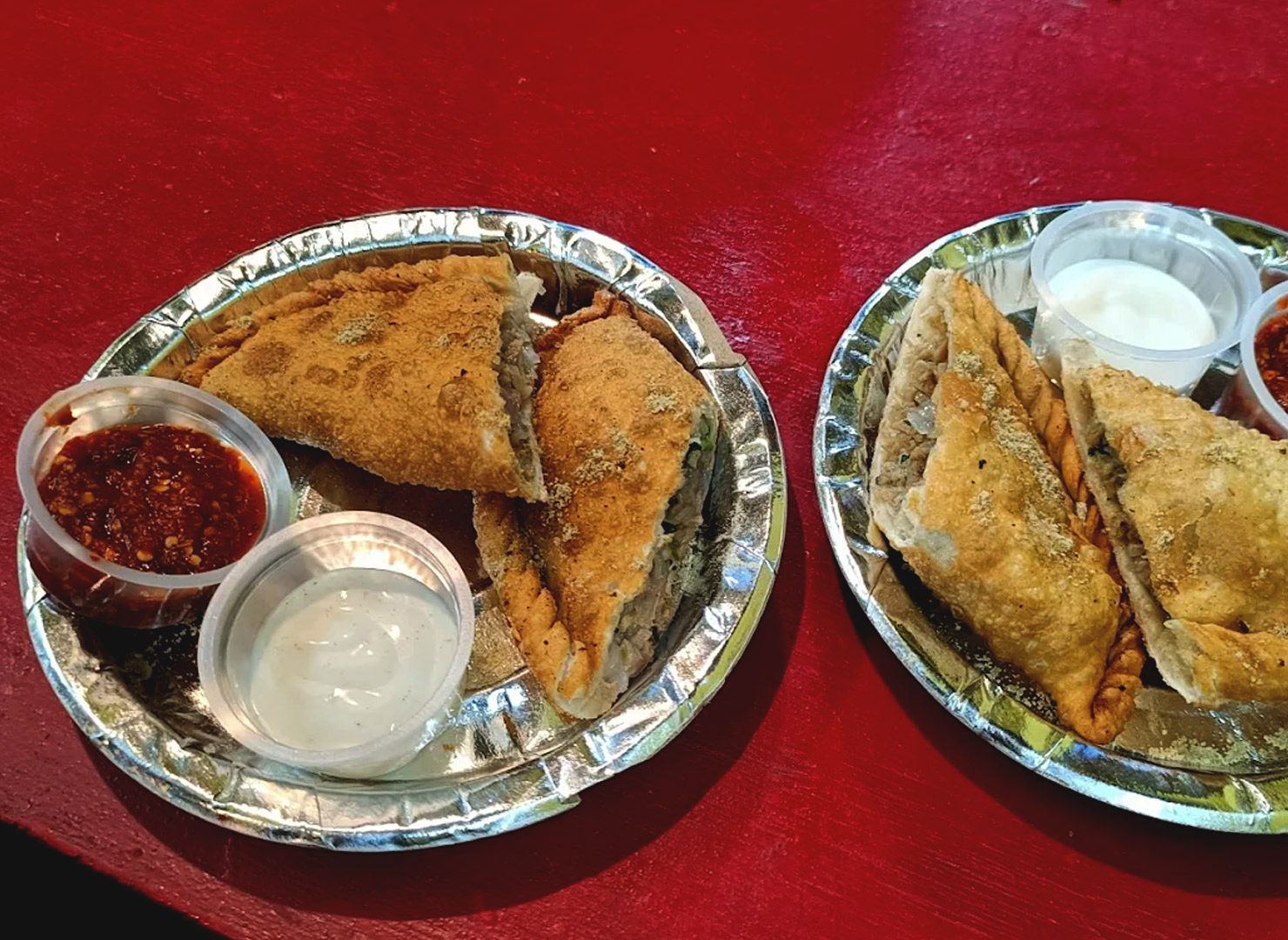
What exactly is it: Tibetan snack--deep-fried bread pockets filled with spiced meat and cabbage.
Taste:
- The outside is crunchy, but the inside is succulent.
- Often, it is served alongside red chilli Chutney.
- It's like a hybrid of a Samosa or momo.
The best place to go for street stalls and cafes is located on MG Marg.
5. Chhurpi-Ningro Curry - Cheese & Fern Shoots
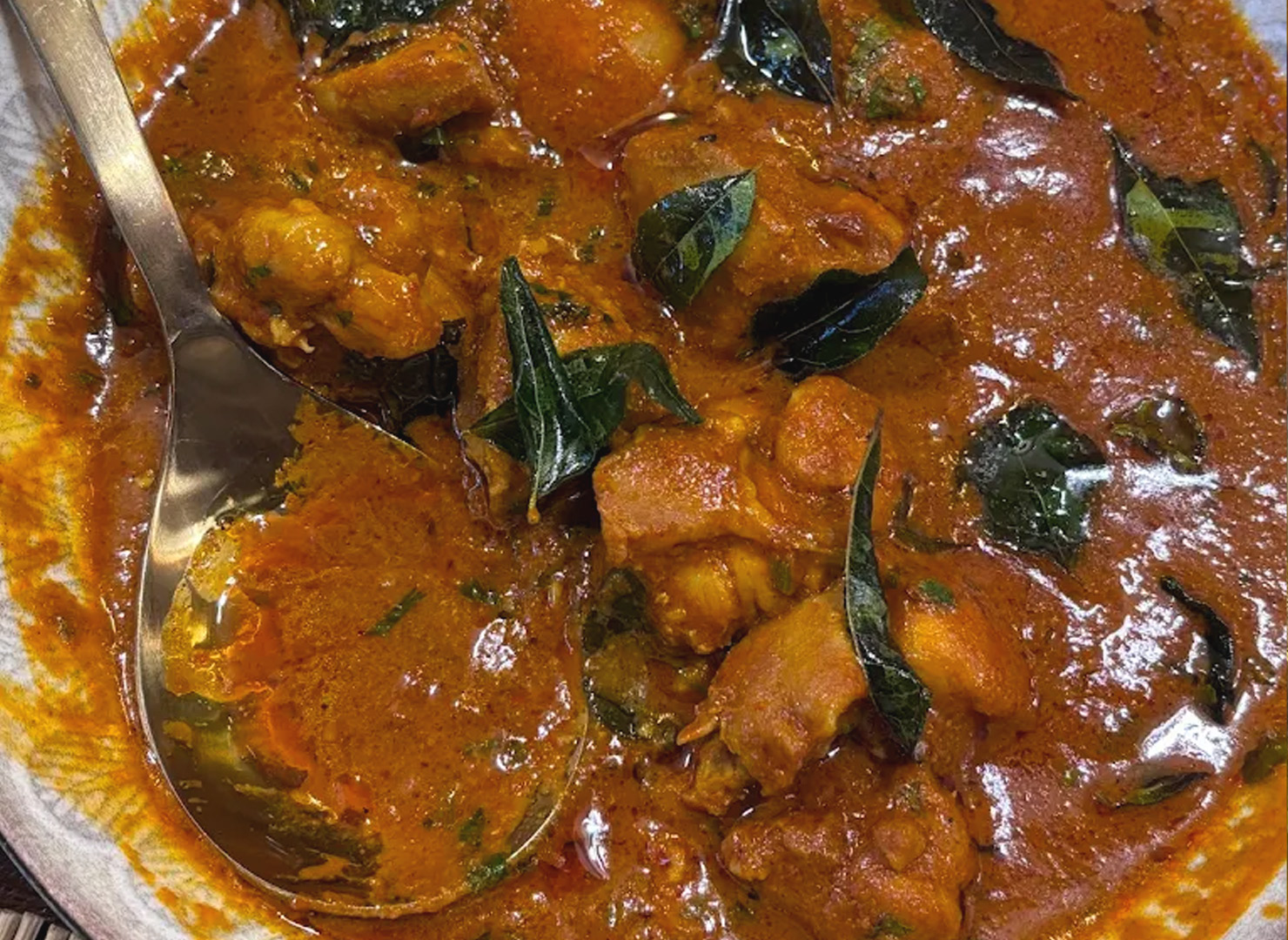
What is it: Curry made of Chhurpi (local Himalayan cheese) and Ningro (wild green fern shoots).
Taste:
- Unusual and organic.
- Chhurpi provides a chewy taste, and fern provides the sensation of wild and slightly bitter freshness.
Try it: It's scarce outside of Sikkim and shows the way locals utilize the foraged forest greens.
6. Gundruk & Sinki - Fermented Vegetables
What are they?
- Gundruk: Fermented leafy leaves (mustard, radish, and cauliflower leaves).
- Sinki: Fermented radish root.
Taste:
- A little tangy, sweet, and playful.
- Sometimes, soups are made into pickles or even added to curries.
Why is it important: These are traditional preservation techniques that allow vegetables to be kept to be used in winter.
7. Kinema Curry - Fermented Soybeans
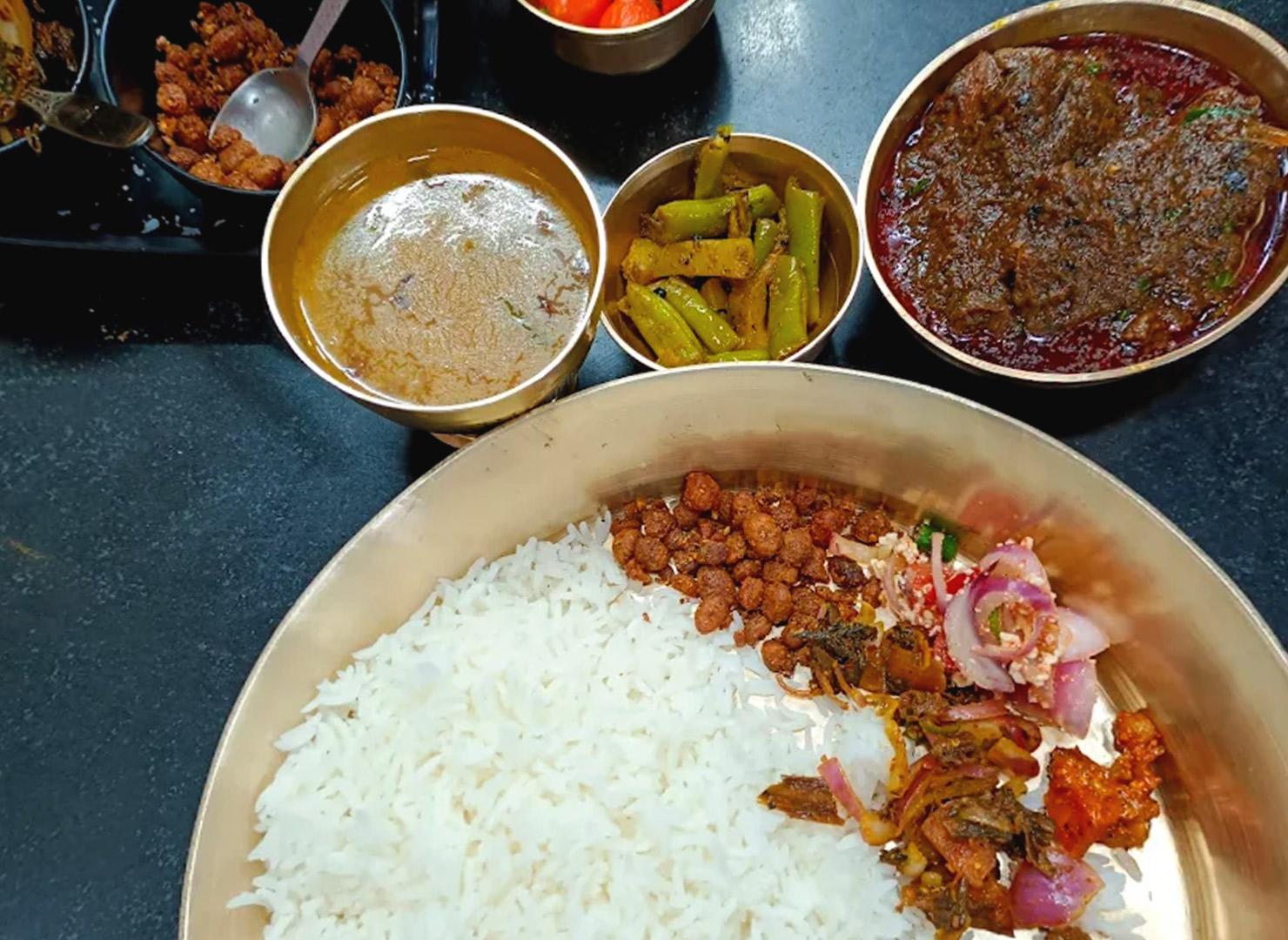
What is it: A pungent, sticky fermented soybean dish that is cooked with spices.
Taste:
- Strong umami flavor, like Japanese natto.
- Hot and served with steamed rice.
Why it's important: It is a high-protein dish suitable for those who eat mountain food, and one of the earliest ferments found in the Eastern Himalayas.
8. Nettle Soup (Sisnu ko Jhol)
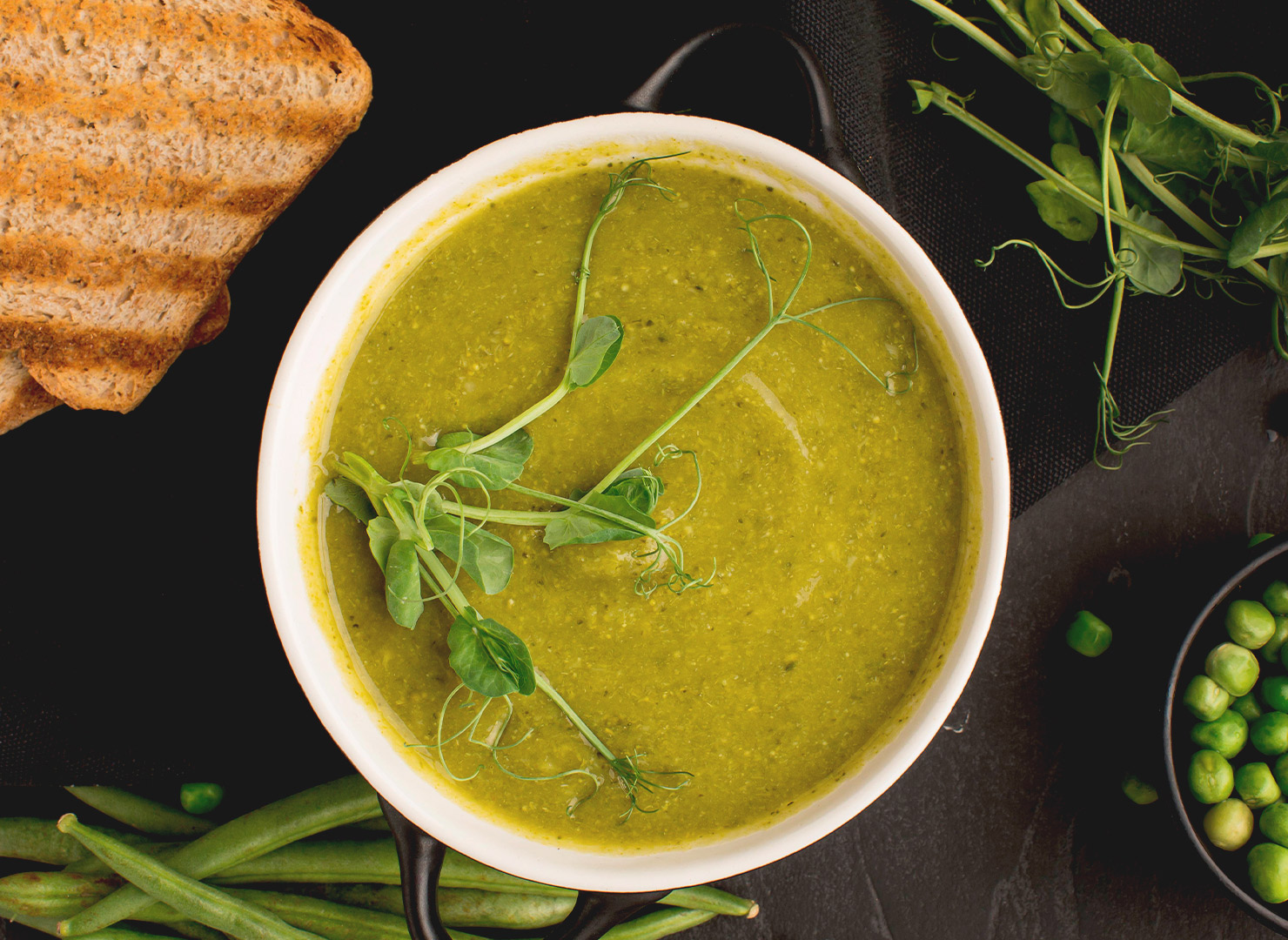
What is it: A soup made of the leaves of stinging nettle, garlic, and potatoes, or grains.
Taste:
- The mild grassy earthiness is nourishing and nutritious.
- Light and filling, Ideal with rice.
What makes it unique is that Nettles are harvested manually in the mountains, bringing the soup an ethereal, wild, and foraged taste.
9. Bamboo Shoot Curries (Tama & Mesu)
What are they?
- Tama: Bamboo shoots that are fresh, Sweet, and crunchy.
- Mesu: Bamboo shoot fermented Strong, sour and sweet.
Taste:
- Fresh tama adds crunch to curries.
- Mesu offers a sweet punch that is pungent.
The best pairing is cooked with either chicken or pork.
10. Sel Roti & Khapse - Festive Foods
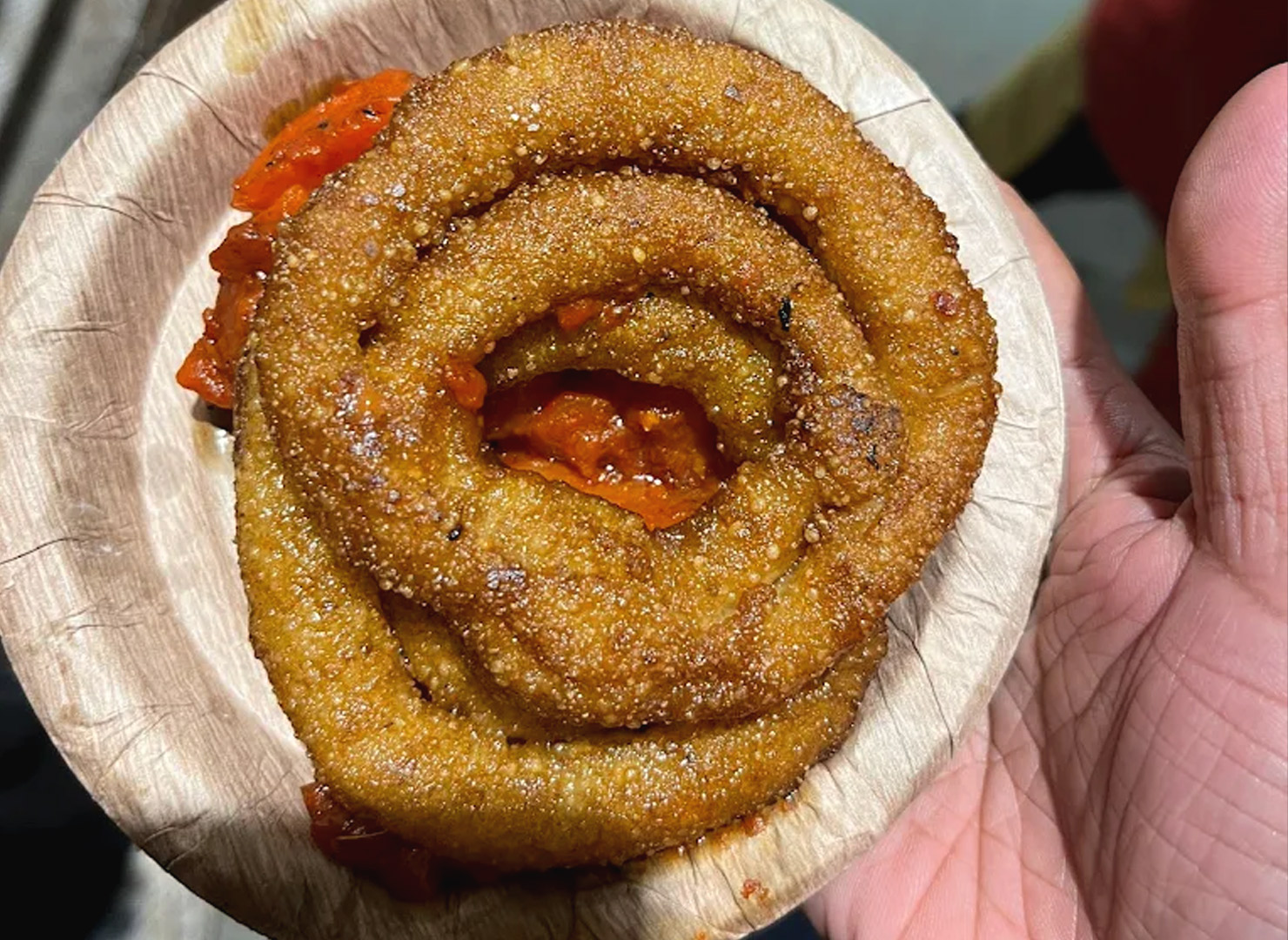
- Sel Roti is a rice bread that has a ring shape, lightly sweet, crisp outside and soft inside. Most often eaten during festivals.
- Khapse (Khapsey) is a deep-fried pastry, crispy, usually served with tea.
Street Food in Gangtok - Where to Eat Like a Local
- Momo stands around Marg at MG Marg, your preferred destination for traditional steamed or fried momos topped with red chilli chutney.
- Roll House (MG Marg): a known stop for quick veg/non-veg rolls, an Indian-Chinese-meets-tawa snack vibe.
- Momos and wai-wai mix. Look out for small cafes and stalls that are experimenting using local cheeses for fillings, and instant noodles Chaat.
Drinks of Gangtok - What Locals Sip
- Butter Tea: Milky, salty, and relaxing. It is best enjoyed in cafes that serve Tibetan essentials.
- Tongba/Chang (millet beer) is Traditional and served in a bamboo container (tongba/dungro), where you drink hot water via a perforated straw to release the brew over and over. It's social, sociable and warming.
- Temi Tea (Sikkim's most cherished tea) is grown by Temi Tea Estate (est. 1969), Sikkim's exclusive tea plantation; expect clear, fresh cups with delicate flavors. Find it in better tea shops or cafes in town.
Vegetarian, Vegan & Halal-Friendly Food Options in Gangtok
- Vegetarian/Vegan: You'll be fine with veg thukpa/gyathuk, vegetarian momos, gundruk or sinki soups bamboo shoots and mushroom curries, dhindo accompanied by vegetables, and chhurpi-ningro (ask for a veg stocks). Many cafes have vegan-friendly grains and salads.
- Gluten-Light: Millet, rice, and buckwheat are the most commonly consumed. Avoid breaded wheat noodles and other items. Ask for millet/buckwheat substitutes in the event that they are available.
- Halal: Halal-certified outlets are scarce; select vegetarian or egg dishes when they are available, and inquire from staff about the sources.
Best Areas & Streets to Eat In
- M.G. Marg (MG Road) is the heart of Gangtok's pedestrian streets. Clean, vibrant, packed with momo shops, cafes and casual eateries. There's everything from traditional breads to thalis, baked goods and coffee. The top places to visit regularly comprise Taste of Tibet, Nimtho, Baker's Cafe, Roll House and more.
- Lal Bazaar: Markets in the morning for local greens, spices, local produce (look for ningro and bamboo shoots) and traditional eateries.
- Development Area/ Tibet Road & Around: Cafes and bookshops (Cafe Fiction near Rachna Books), Korean bites (Mu Kimchi) as well as home-cooked Sikkimese meals served in separate.
Best Restaurants & Cafes in Gangtok (2025 List)
- Taste of Tibet (M.G. Marg) A reliable place to get momos, thukpa and traditional Tibetan plates. Menu: Pork momo,s Tingmo, thukpa and tingmo served with gravy.
- Nimtho Nimtho Sikkimese Thali that highlights seasonal vegetables such as gundruk, chhurpi and even meats. The traditional thali is served; request chhurpi-ningro, if it's there is.
- Roll House (M.G. Marg) A quick bite place with kathi rolls, the aloo dum, with a touch of local heat.
- Baker's Cafe - Cakes, coffee, pastries, Breakfast and brunch casual located right in the middle of MG Marg.
- Café Fiction (Rachna Books) A cozy literary café serving coffee, baked goods and light meals A great stop for lunchtime.
- The Local Cafe The Local Cafe - Contemporary cafe food; excellent breakfast and all day comfort food.
- Parivar Restaurant - A family-friendly vegetarian North Indian & local staples that are convenient for those who prefer mild tastes.
- Mu Kimchi - Korean comfort (ramen and bibimbap, as well as Fried chicken) which is popular with locals and tourists who alternate the Himalayan as well as East Asian flavors.
- Shuffle Momos and Dragon Wok Cafe Live, Shuffle Momos and Loud - for momo sampling as well as pan-Asian stir fries, and a late-night music vibe.
Eating Habits & Food Culture in Gangtok
- Rice is the most common food for a meal, served with salads along with dals and a curried meat dish on certain occasions.
- Pork is very popular in a variety of communities (e.g. Phosshapa, for instance) as well as Tibetan dishes like momos, thukpa and thenthuk, are staples of eating out.
- Fermentation is a tradition that preserves food through monsoons and winters, and also adds the unique sour-umami flavour.
- The tea time is important. Mountain days are a bit erratic with cafe stops. Temi tea can be a source of pride.
- Chilli tradition: Dalle Khursani pickles, sauces, and chutneys are staples. Treat them with care. It's habanero-level hot.
Pro Tips for Food Lovers Visiting Gangtok
- Chutney tests The tomato and chilli red Achar ranges from spicy to nuclear--taste first.
- Request local sides. If you notice gundruk, sinki, or the chhurpi in a thali board, say yes.
- Be aware of the crowds: at Momo stalls, the presence of a line indicates your level of freshness.
- Be aware of the altitude: Drink plenty of fluids and hydrate yourself. Rich soups are your best friend.
- Festival bonus If you're in Gangtok during December, make sure to stop by the Food & Culture Festival on MG Marg for mini-plates of delight.
Final Word - Taste Gangtok, Live the Experience
The food in Gangtok is a comfort meal with a distinct flavor. The city is awash with warmth and steam, a warm atmosphere, noodles pulled with a hand, fresh dumplings pounded perfectly, and the thalis sprinkled with tart ferments and traditional curries. Take a stroll through MG Marg for cafe breaks and momo mission, wander to side streets for Kinema and thalis, and close winter evenings with a glass of tongba. If you do that, you'll be able to experience it, be reminded of it and crave more.
If you enjoy exploring regional food, check out our Patna Food Guide or our Panaji Street Food Blog
FAQs
Gangtok is known for momos, the thukpa, phagshapa (pork that is flavored with radish), and gundruk soup, and dalle khursani chilli chutney.
The food is generally mild, however, the dalle chutney and pickles can be extremely spicy.
Veg momos, vegetarian thukpa and chhurpi-ningro curries, the gundruk soup shoot curry, and selroti.
You can find the finest momos at the Taste of Tibet (MG Marg) and local street stalls as well as Roll House. Both fried and steamed varieties are very well-known.
Dalle Khursani is an oval red chilli that has an GI tag of Sikkim. It is very spicy, fragrant, and often consumed as chutney or pickle.


